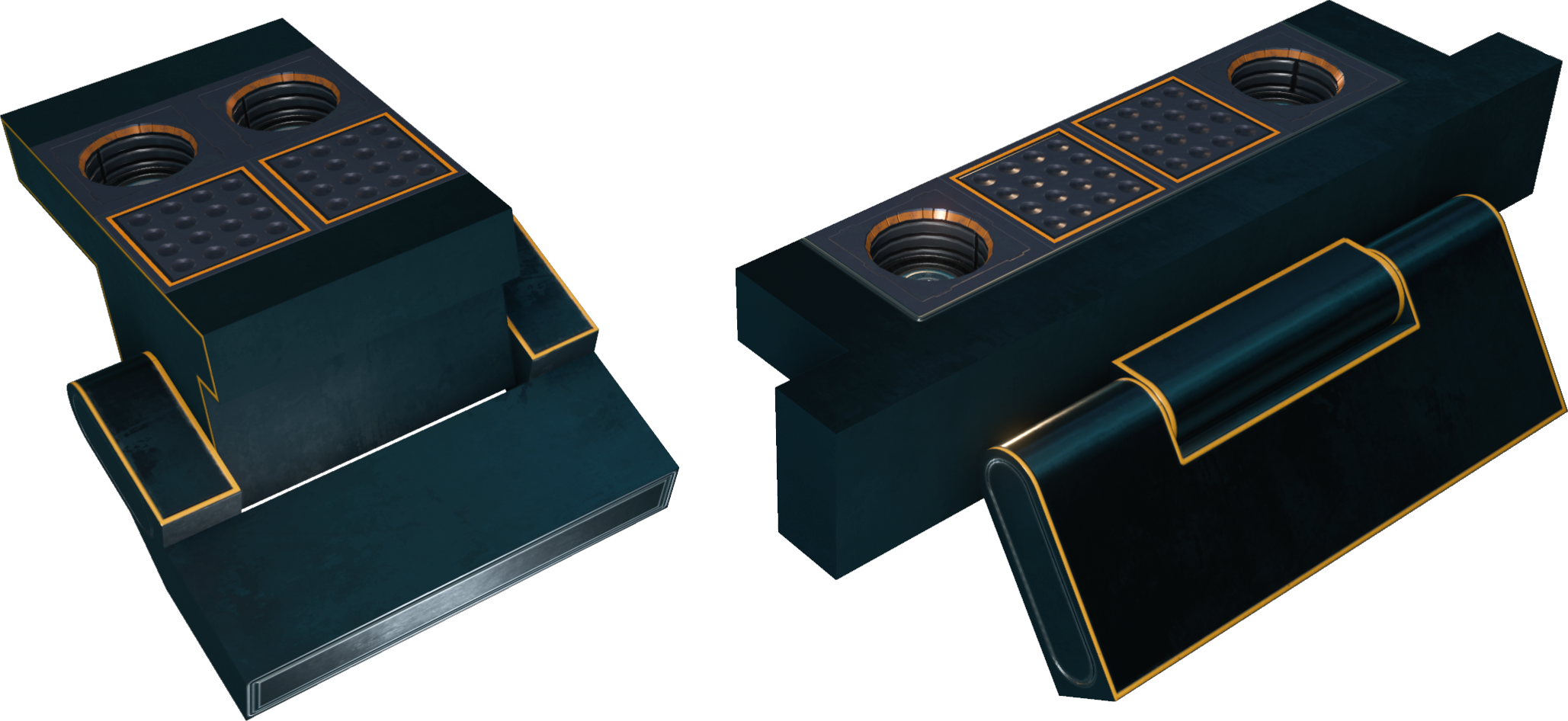Hinges
Jump to navigation
Jump to search
Hinges
Type Utility machinery
Function Joint motor
Availability Luxury Items
Size
- 48×144×36 cm (C-profile)
- 24×144×36 cm (L-profile)
- 48×48×12 cm (A1)
- 48×144×12 cm (A2)
- 48×48×12 cm (B1)
- 48×144×12 cm (B2)
Mass
- 1,419 kg (C-profile)
- 1,148 kg (L-profile)
- 331 kg (A1)
- 940 kg (A2)
- 331 kg (B1)
- 940 kg (B2)
Volume
- 142.7 kv (C-profile)
- 115.3 kv (L-profile)
- 33.3 kv (A1)
- 94.4 kv (A2)
- 33.3 kv (B1)
- 94.4 kv (B2)
Corrosion resistance
- 400 (C-profile, L-profile)
- 425 (A1, B1)
- 435 (A2, B2)
Input / Output
Electric input ~5 e/s
Sockets
- 2 (C-profile, L-profile, A2, B2)
- 1 (A1, B1)
Modular interfaces
- 2 (C-profile, L-profile, A2, B2)
- 1 (A1, B1)
Composition (C-profile, L-profile)
Composition (A1, B1)
Composition (A2, B2)
Hinges are devices used for creating turning, sliding and opening mechanisms such as doors, hatches and sliding doors.
Basic information
Hinges are commonly interacted with by controlling it via a button or YOLOL script.
A hinge's DoorOpenState field can be connected to a button.
The button can be then used to remotely open or close the hinge.
